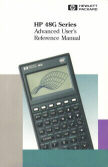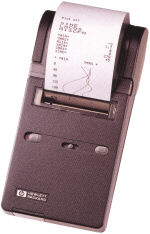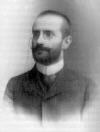
HPedia: The HP Calculator Encyclopedia
By Eric Rechlin and Carlos Marangon
 |
HPedia: The HP Calculator Encyclopedia By Eric Rechlin and Carlos Marangon |
Also available in French, thanks to Khalil Haddad, Portuguese, thanks to Carlos Marangon, and Spanish, thanks to Roberto Pérez-Franco.
 |
 |
 |
 |
 |
 |
 |
 |
 |
 |
 |
 |
 |
 |
 |
 |
 |
 |
 |
 |
 |